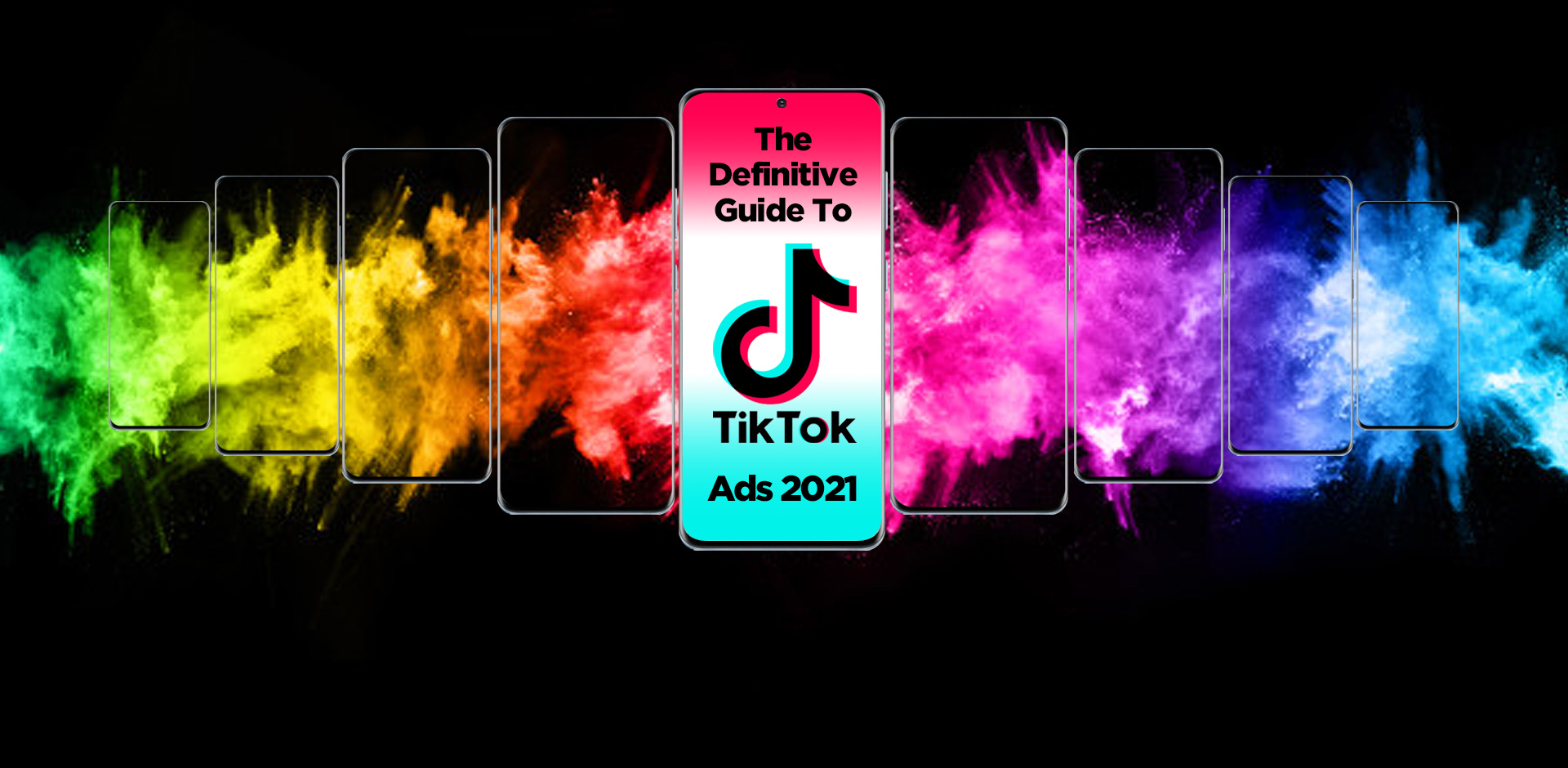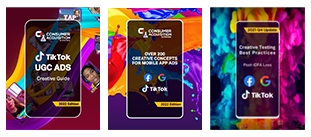Section Two
Best Practices for TikTok Ads
In 2021, testing creative is essential. As machine learning takes over media buying, creative optimization provides the most meaningful level to improve financial results. There are four major areas of optimizations or best practices for TikTok ads: audience, optimization goals, creative, and bidding and budgeting. This section will focus almost entirely on creative optimization, as that is where we usually see the bulk of performance improvements.
But here is the rub: There is no shortage of things to test. And testing is not free – it costs money to run media, and it costs you money to test (because running any amount of money through an underperforming ad, even while testing, costs money). For more information on our Facebook creative testing process and associated challenges, check out our whitepaper.
So, in a sense, successful testing requires us to know what to test. Which creative trends, concepts, and elements can make a difference? Which creative strategies and messaging will reduce risk and improve financial results?
That is part of what we will cover in this white paper on TikTok advertising. We want to show you how to activate a series of auction tests so you can identify which optimizations are most effective at maximizing results.
Best Practices for Creative Testing
Creative testing is a huge topic. Just to scratch the surface, there’s creative strategy, buyer personas, competitive analysis of creative… and more. But here is one proven best practice to start with: Test five creatives per ad group.
It is also important to develop ad creative that complements TikTok’s native look. One of the best ways to do this is to film your ad with a mobile phone – just like a TikTok user would. Also include people in your ad (again, like a TikTok user would normally do), even if it is just someone’s hand holding a phone with your app on it.
TikTok creative also needs to be fun. This is a platform all about fun, and a platform that has not yet swamped its userbase with ads. So boring ads will not cut it. Also, because of the sharing possibilities on TikTok (even the sharing possibilities of videos getting shared off TikTok) lean into creative that is worth sharing.
That is easier said than done, of course. And if you cannot pull it off, that’s okay – you can try hiring a TikTok creator in the Creator Marketplace. But even then, it is about to be 2021. Every serious advertiser has learned by now that they need a creative optimization methodology that is both efficient and scalable.
Or maybe you can let TikTok’s algorithm do it for you.
TikTok’s Automated Creative Optimization
Facebook’s “Automated App Ads” or “AAA”, have been one of the biggest evolutions of their ad platform in the last year. TikTok has adopted the mindset of its larger competitor by offering “Automated Creative Optimization.”
As you can see below, TikTok’s ACO is set at the ad group level. It is very similar to the way Facebook and Google Ads have approached testing different elements of ads.

Another option available for optimizing ad creative is “Smart Video. It is an AI-driven video editor embedded into the TikTok ad platform.
This is how it works:
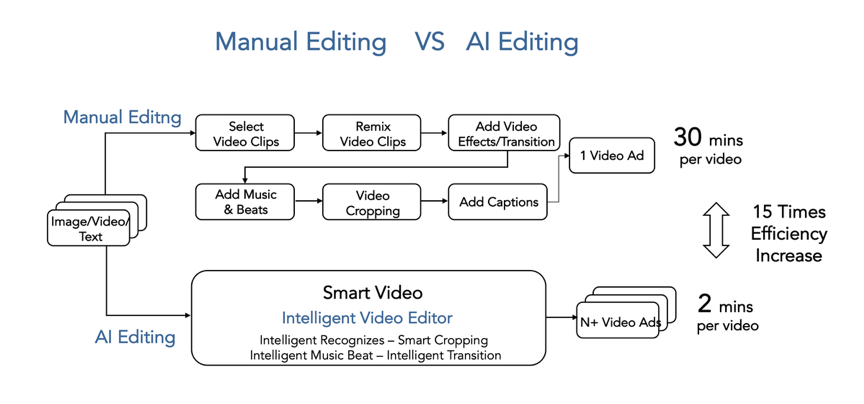
TikTok offers other creative optimization tools like Video Templates, Smart Video Soundtrack, Quick Optimization (only available for app installs!), and the Asset Analysis Report. These tools speak to how creative-first TikTok is. They also hint at how sophisticated an advertising engine TikTok has. If you were expecting a simple, limited advertising platform because this is such a new platform, think again.
TikTok Creative Specs
TikTok offers image and video specifications to create ad content that will look best on TikTok and partner apps. It also has a learning center with a specific module on TikTik creative best practices.
At a minimum, make your videos meet the following specs.
- A recommended aspect ratio of 9:16/1:1/16:9.
- A resolution of greater than 720px x 1280px, 640px by 640px, or 1280px by 720px.
- A video that is 5 to 60 seconds in length, although 9 to 15 seconds is recommended.
- A brand name that is 2 to 20 characters (English) in length or an app name that is 4 to 40 characters in length.
- A description of your advertised product or service that is 12 to 100 characters (English) in length.
TikTok also offers several creative tools. Advertisers can use them to create the right content for their target audience. These creative tools include a video creation kit, landing page to video, smart video soundtrack, and TikTok Ad Studio. Also, note that ads can be uploaded as video or as images. If you choose images, TikTok will group them into a video for you. Maybe that will work better than a video, or some videos… but the only way to know is to test.
Also think about structuring your ads with a beginning, a middle, and a close. This will be a familiar approach for anyone who has created Facebook video ads with end cards. TikTok video ads are not all that different in this sense.
The opening of your ad must catch and hold attention. This is critical if people are going to see any other part of your ad. Including recognizable logos and objects often helps too. Aim for a careful blend of both the familiar and the unusual, or familiar things presented in unusual ways.
The middle of your ad is the place to tell the message of your ad. This is where all the most compelling information about your app should go. The close is just to re-enforce the key message of your ad and to deliver strong with a CTA that gets people to take the action you want.
Do not forget to test the audio on your ads, either. All the dancing on TikTok is a clue about how important this is. It also suggests how different TikTok creative needs to be compared to what you have been running on Facebook or Google Ads. It is time to invest as much time and thought and testing into the audio aspect of your ads as you have been putting into how they look. Maybe that means using cool music… or maybe that means investing in voice overs.
Competitive Analysis
We’ve found that data-driven creative competitive analysis is often one of the highest-return tasks for UA managers. It works on Facebook, on Google, and it will work on TikTok, too. So head over to TikTok’s “Discover” tool and see who’s running which ads.
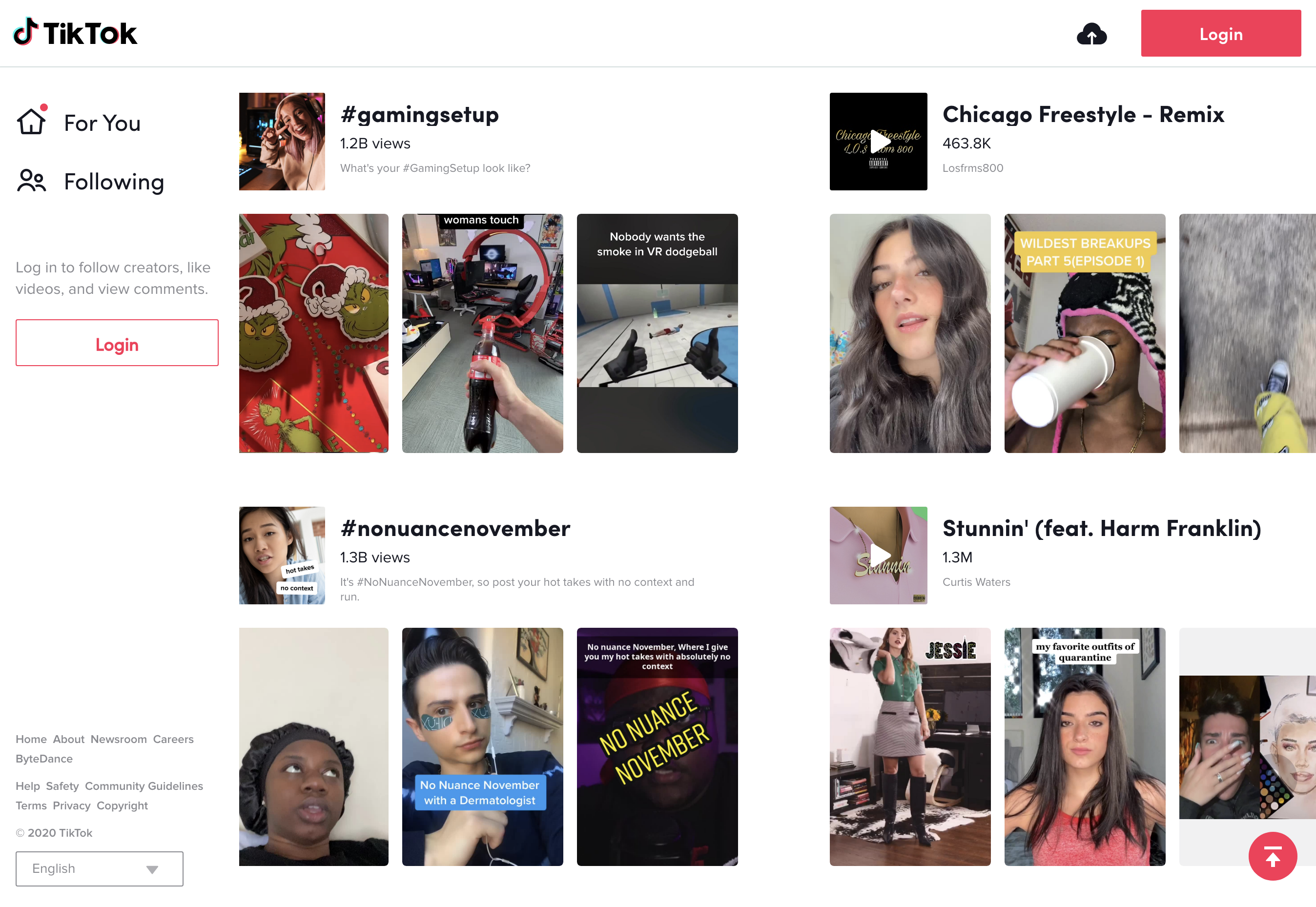
Bids and Budgets
Which bidding strategy will work best? You can start with whatever’s worked best for you on Facebook but test that assumption on TikTok as soon as you can.
TikTok Ads Manager provides 5 different bidding methods:
- Cost per Mille/Thousand Impressions (CPM)
- Optimized Cost Per Mille/Thousand Impressions (CPM)
- Cost per Thousand Views (CPV)
- Cost per Click (CPC)
- Optimized Cost per Click (oCPC)
Note that TikTok recommends app advertisers focus on the oCPM, CPC, and oCPC bid methods.
TikTok, like Facebook, puts new ads into a “learning phase,” which is the time required for the algorithm to learn which settings will allow your ads to perform best. Unlike Facebook, TikTok gives you two choices when it comes to this optimization process: Optimize conversion at the learning phase or optimize click at the learning phase.
Here’s how the optimizations work:
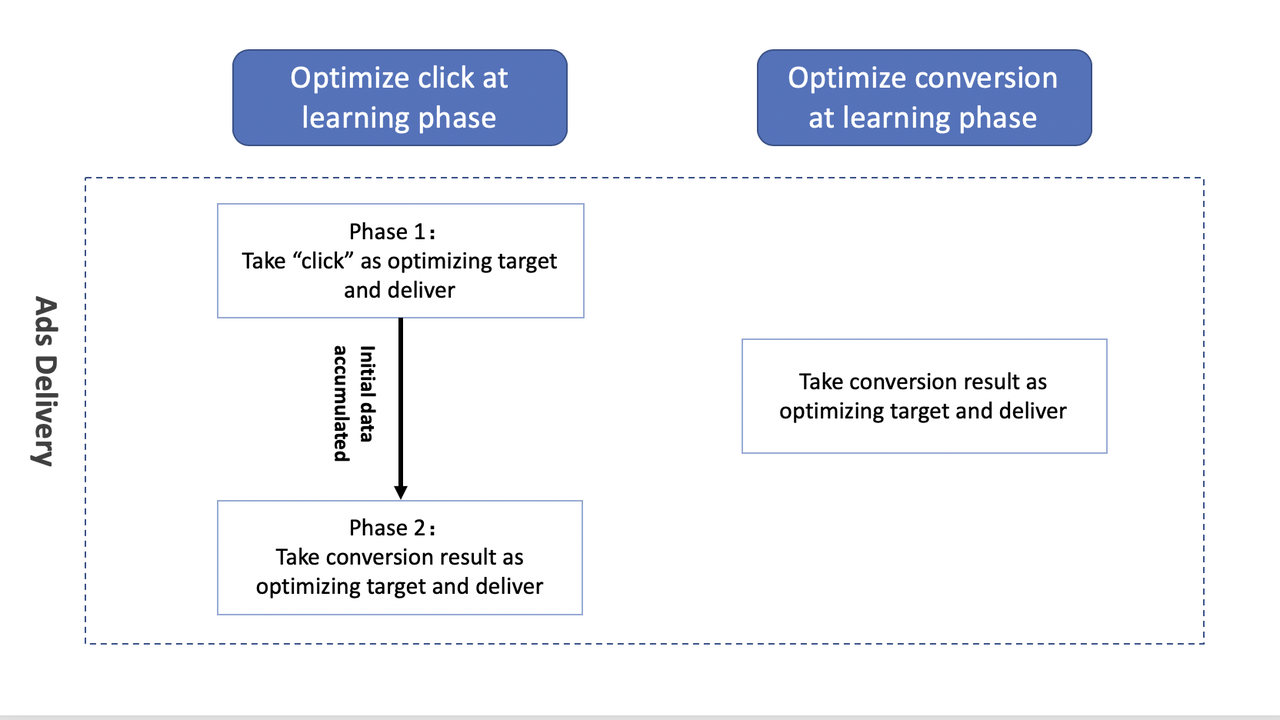
This will be an interesting thing for advertisers to test. Clearly, it is a nuanced approach to guiding the algorithm towards optimal performance. But it could either work for or against better ROAS depending on a campaign’s setup and goals.


